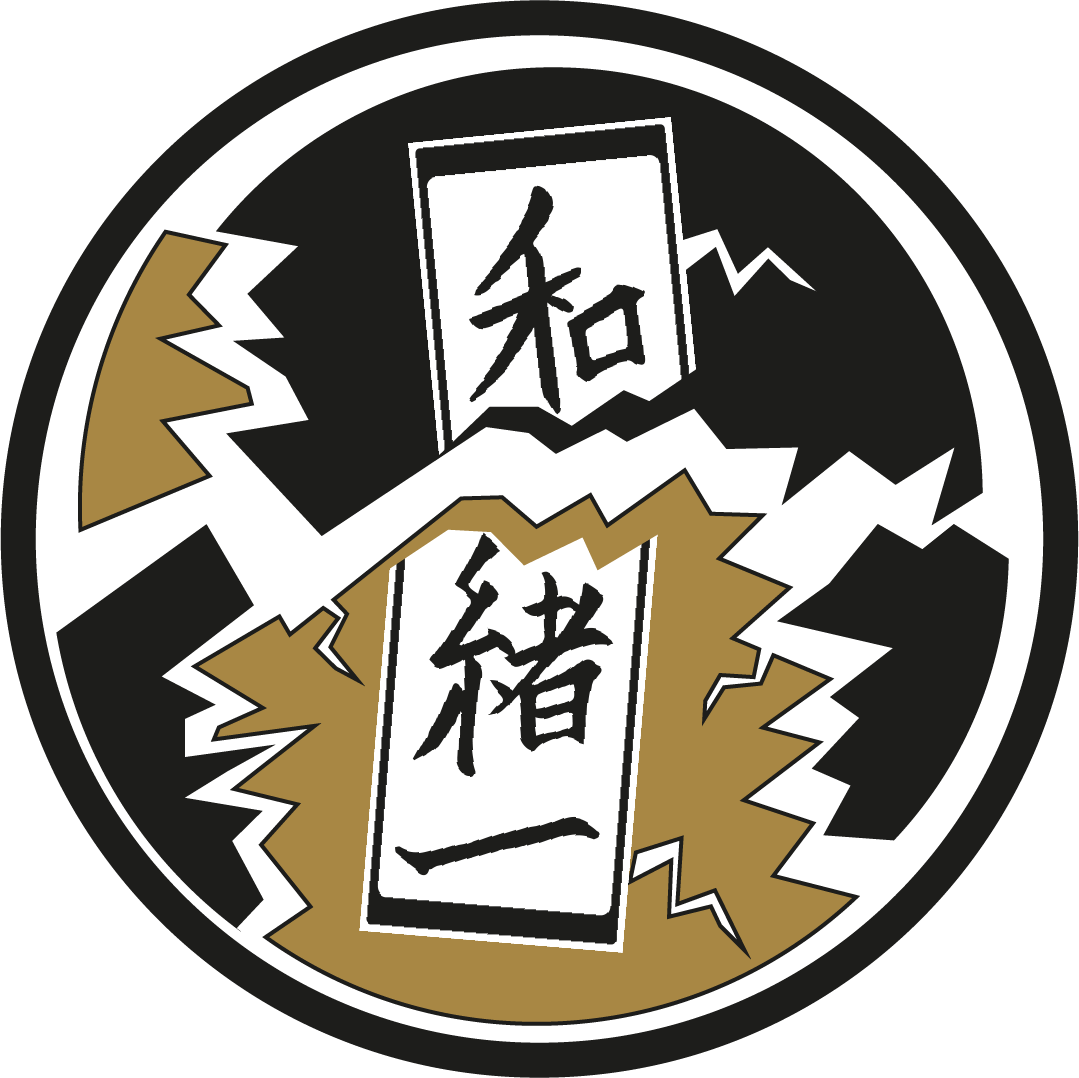The Unsung Hero of Japan: the Bicycle
Japan is well-known worldwide for its efficient transport system and technology. In an earlier blog article, we have already discussed the history of the Shinkansen bullet train, one of the fastest trains in the world. The Japanese automotive industry has also developed in an enviable way – companies like Subaru, Honda, Toyota, or Nissan export millions of cars all over the world. These companies gained notable popularity and even made it to the big screen, for example the Nissan Skyline R34 appears in Fast and Furious 2 (2003), as well as animation classics, such as Initial D (1998), in which the protagonist Takumi Fujiwara delivers tofu to Mount Akina in a Toyota ae86 Trueno.
The first volume of the original Japanese release of Initial D, 1995. ©Shuichi Shigeno.
However, besides these undeniably fast and expensive vehicles, there is one more means of transportation which is widely used and beloved, yet sometimes ignored in the context of Japan: the bicycle.
Photo by ©Victor de Vries on Unsplash
The history of the bicycle in Japan begins at the time of the Meiji Restoration (1868) with the introduction of Western technology, goods, and ideas. You could have used various means of transportation in mid–1860s Tokyo: horse-drawn carriages and carts, velocipedes with cranks and pedals connected to the front wheel, and even the first rail service that connected Tokyo and Yokohama. The transmission of knowledge inspired the invention of an important vehicle that became popular at this time, which was the jinrikisha 人力車 or rickshaw, a Japanese invention that rapidly spread throughout Asia. It featured a two-wheeled passenger cart with space for one passenger and was generally pulled by one person. The rickshaw reached its peak in 1896 with 210,000 vehicles in the whole country, both city and countryside.
Pulled rickshaw being pulled, Japan, c. 1897 ©Fleming H. Revell
The use of the rickshaw declined gradually after 1896 because of the development of urban transport and worldwide mass-production technology in the early twentieth century. This also includes the bicycle, which was systematically improved, offering more safety and speed. The production of bicycles increased not only in Europe or the USA, but also in Japan. The data is astonishing: 57,000 bikes were produced in 1901, while 4.8 million vehicles were manufactured in 1925.
When bicycles were first introduced to Japan, only a few wealthy people could afford them. Nevertheless, in the early twentieth century they stopped being a prestigious item and developed into a standard vehicle for the average person.
However, Second World War was detrimental to all aspects of life. The transport services and the automotive industry production were forced to stop due to the disasters caused by the war. Even bicycle ownership and use decreased drastically, dropping from 8 million in 1940 to 5,7 million in 1945.
The transport system of postwar Japan recovered slowly; it took several years to repair destroyed railways, restore buses that were in poor condition and renovate roads. In this situation, the bicycle played an important role, since it allowed people to move, visit friends and relatives, and have access to work and food. As the Japanese ‘economic miracle’ began, motorization and the automotive industry developed, but the production of bikes increased as well, and rural people started to migrate to the cities.
At the beginning of the 1960s, bicycles started to be used widely in the cities, becoming a symbol of urban life. Moreover, surveys reported that women’s ownership of bikes rose drastically, reaching the same number as men’s at that time. This data inspired the bicycle industry to target a new audience and create an iconic bike, which is still recognized as a symbol of gendered transportation today: the mama-chari (‘mother’s chariot’).
ママチャリ (mama-chari): a typical women’s city bicycle with standard front basket. ©Imoni
The mama-chari is a light one-speed step-through model called ‘smart lady’ with a cargo basket in front, created in 1956 by Yamaguchi bicycle. This new bicycle type was inexpensive, which remains true to this day. The mama-chari transformed Japan into a nation of cyclists – the bikes are used to go shopping, visit relatives and friends, go to school, or reach the closest train station from which you can commute to work.
Although motorized vehicles developed further, bicycles like the mama-chari never stopped being produced. In comparison to cars, which are expensive and require more space, bicycles represented a convenient, cheap, and efficient transport solution. This is an example of how Japan naturally implemented the use of bicycles to a wide range of lifestyles regardless of people’s social class, age, or gender.
Nowadays, Japan’s bicycle use and culture are equal to those of the European countries like the Netherlands, Germany, or Denmark, where bicycles represent an essential part of daily life.
Nevertheless, in the Netherlands or Denmark the government has been applying policies and improving infrastructure to promote the use of bicycles for decades. In contrast, the Japanese government invested in road infrastructure targeting car users and for many years infrastructure for cyclists was left aside and almost ignored. Thus, Japan’s bicycle culture is not the result of government policies, but people’s natural need to move and commute.
Today, eco-friendly vehicles are getting more attention due to environmental problems, so the idea of the bicycle is becoming even more and more attractive. It will undoubtedly remain a part of everyday life not only in Japan but also worldwide for many years to come. Take your chariot for a ride and become a part of this future yourself!
Written by Manuel Jose Flores Aguilar




